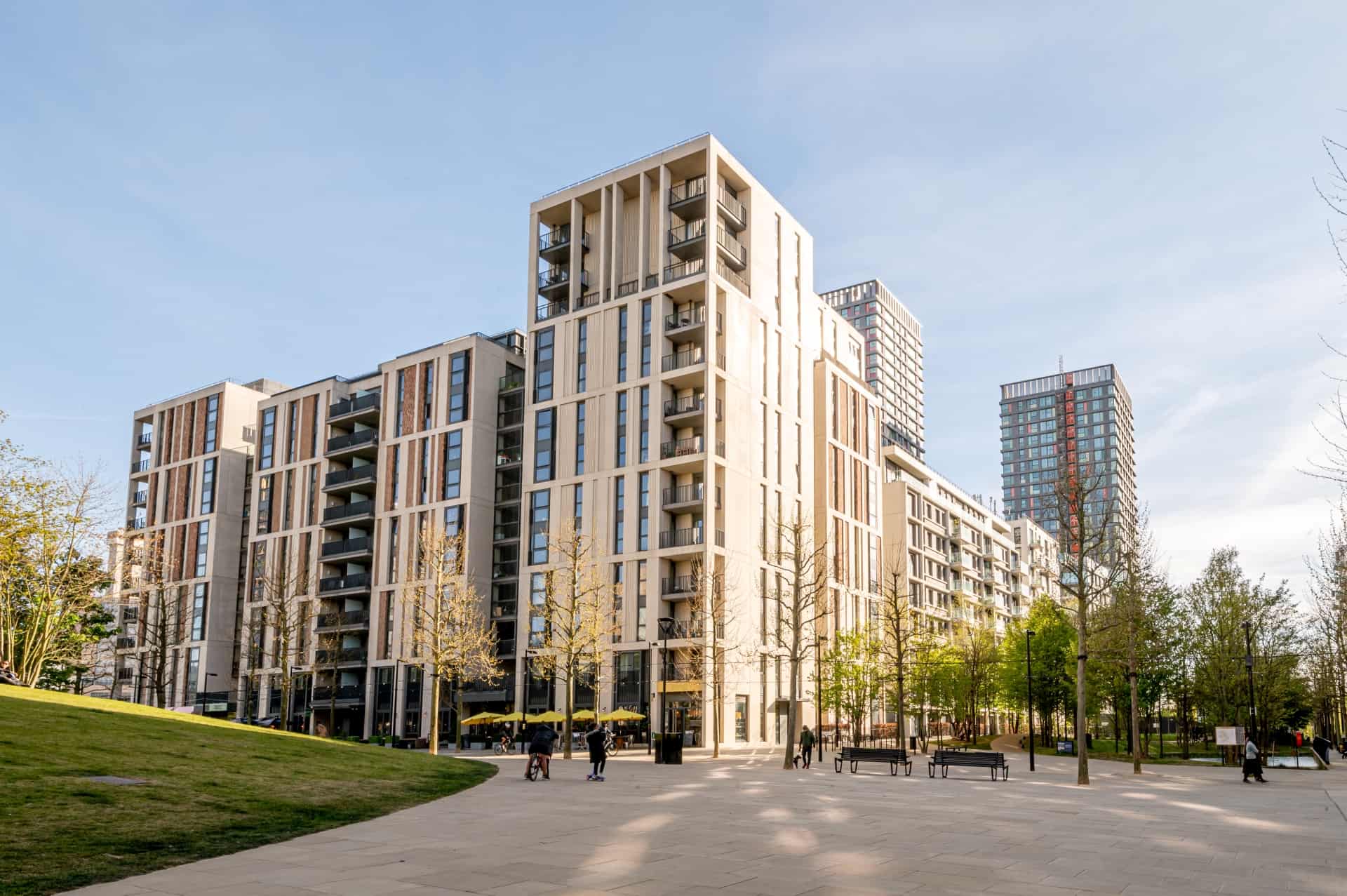
LONDON: 20 MARCH 2014
A new report by Get Living London, the private rental company and owners of East Village, the former London 2012 Athletes’ Village, has revealed that the failure to provide quality housing for the core group of renters that drive the capital’s growth could reduce the economic output of London by £1 billion per year – a cumulative cost of £85 billion by 2025.
In a report by Professor Michael Ball of Henley Business School, University of Reading and commissioned by Get Living London, the key findings include:
Get Living London are playing their part in delivering 1,439 new privately rented homes at East Village, the former London 2012 Athletes’ Village. Similar developments on this scale and quality are required to meet the demand from a prosperous, skilled group of young professionals in London, similar to the renters now living in Get Living London’s first homes at East Village.
Derek Gorman, chief executive of Get Living London commented: “London is the economic powerhouse of the UK, attracting trade and talent from around the world but it is widely acknowledged there is a serious shortage of homes in the capital.
“The Mayor of London has stated that 400,000 new homes will be needed in the next ten years and Get Living London is playing its part by bringing more high-quality private rented homes to the market. With this research we hope to highlight the very real challenges to London’s economic growth over the coming years if we don’t deliver more and better homes.”
Professor Michael Ball, Professor of Urban and Property Economics at Henley Business School, University of Reading said: “Bringing together the themes of the core renters in London, the Capital’s housing shortage and its economic prospects has thrown up some very striking findings.
“The economic cost is far greater than most imagine and is centred on a lack of accommodation for the well-qualified segments of the workforce that drives the London economy.
“Many of these relatively affluent people want well-located, good quality rental homes. Core rental demand by them is set to rise sharply yet supply will lag woefully far behind it.”
The Deputy Mayor for Housing, Land and Property, Richard Blakeway, said:“With London’s unprecedented population growth, housing supply and affordability is now our biggest challenge and we need to double the number of homes being built. This calls for new ideas, new players, new funding and new delivery methods. Purpose built long term rental homes are one of the keys to increasing the supply of new top quality homes for Londoners, while boosting the economy and creating thousands of new jobs.”